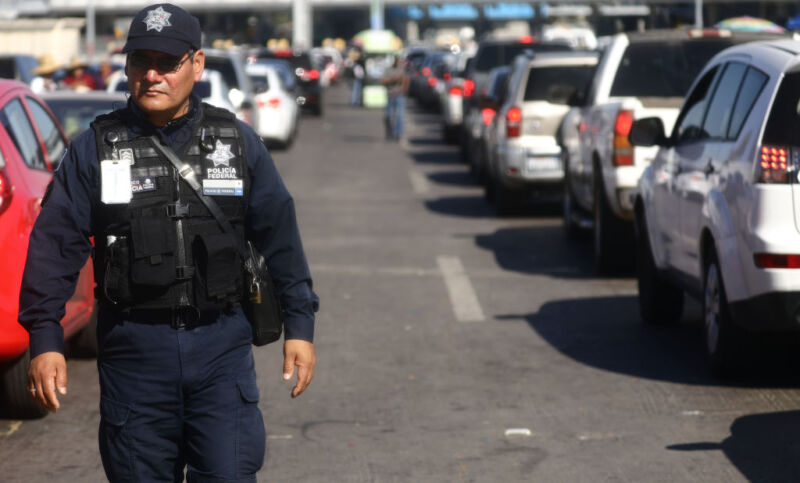
Sometimes attracting drivers as young as 14 with emoji-filled posts that promise thousands of dollars “for just a few hours of driving,” smugglers often rely on social media to recruit Americans to help migrants illegally cross the US-Mexico border, The Wall Street Journal reported.
Popular platforms like Instagram, WhatsApp, Snapchat, TikTok, and Twitter all told the WSJ that they prohibit these posts. However, the Journal talked to local and federal law-enforcement officials, as well as defense attorneys for Americans recruited on social media, who confirmed that despite those bans, the trend is “increasingly common.”
When contacted by Ars, a Twitter spokesperson pointed out that the Journal’s report didn’t include specific examples of this activity happening on the platform. The spokesperson linked to Twitter’s Transparency Center, where the company tracks reports on this content.
Snapchat’s spokesperson told Ars, “Our global safety teams… work around the clock to quickly investigate any reports and take appropriate action. We will continue to work in close collaboration with law enforcement and support investigations to help prevent abuse on our platform.”
Meta has not yet responded to Ars, but it told the WSJ that it has invested in technology to detect these posts. Ars also couldn’t immediately reach TikTok, which told the WSJ that it not only removes posts but bans accounts when such content is detected.
The Journal reported that because of social media bans, most “posts appear briefly” before vanishing.
Even a flicker of reach seems to be enough to connect with Americans on social media, though. WSJ reported that often Americans are directed to pick up migrants who have just crossed into the US. One Arizona border patrol agent told the WSJ that approximately 90 percent of drivers the department arrests—some under 18—admit to being recruited through social media. The US attorney for Arizona, Gary Restaino, told the WSJ that “half the smuggling cases his office prosecutes involve social-media recruitment.”
Out of hundreds of arrests made by one Arizona county sheriff’s department, 73 involved juveniles. Depending on the circumstances of each arrest, violators can face harsh consequences, with one 41-year-old driver recruited through Snapchat facing up to 51 months in prison if he’s sentenced this November.
To escape detection and moderation, smugglers recruiting drivers do not mention delivering migrants across the border. They keep their posts vague, and the Journal said drivers are sometimes unaware they’re involved in illegal activity until they get to the job.
Just as the number of drivers recruited seems to be increasing, the amount of money that can be made by responding to these recruitment posts has also gone up—which could partly explain why they’re enticing more people. The Herald Review reported in May that the average payment seemed to double between 2021 and 2022, going from $1,000 per run to at least $2,000.
Around the time that the report was published, Arizona seemed to reach a boiling point, losing patience with companies for not stopping the social media recruitment of American drivers for smuggling, including for drug and human trafficking operations. In May, Arizona Governor Doug Ducey wrote a letter to Twitter, TikTok, Snap, and Meta, telling the social media companies that “we need stronger action to prevent this activity that is drawing our young people into a life of crime.”









